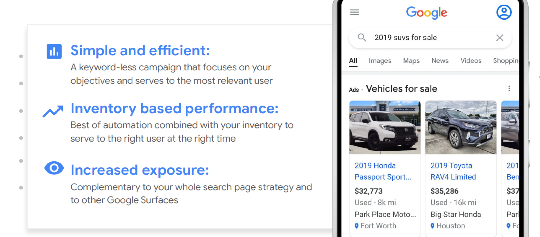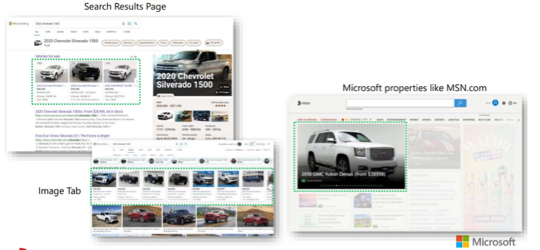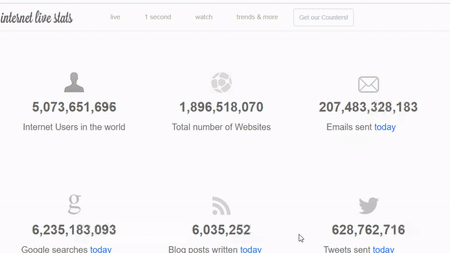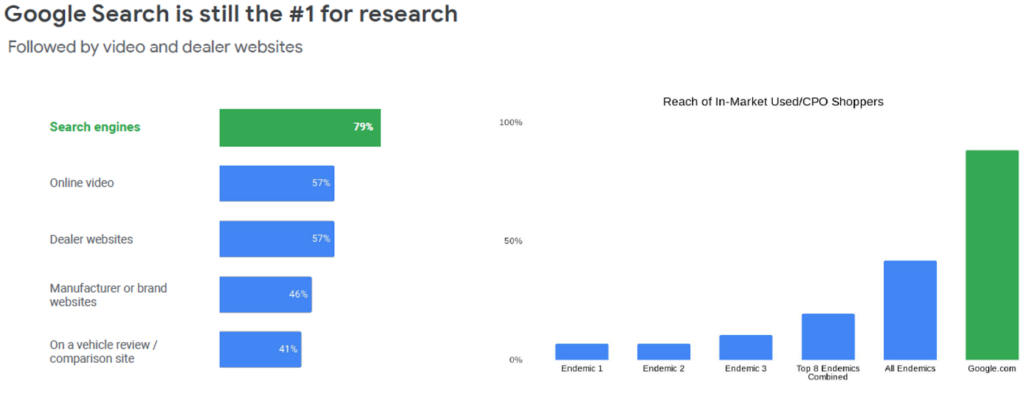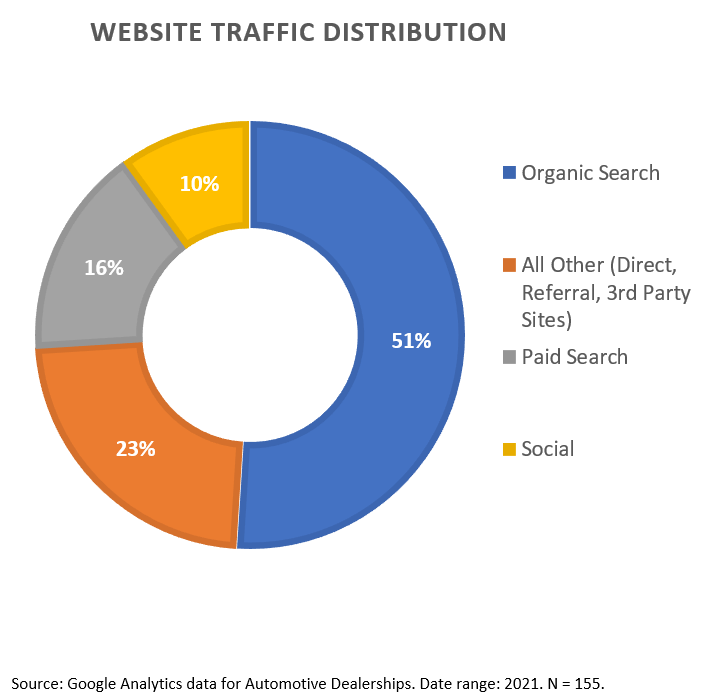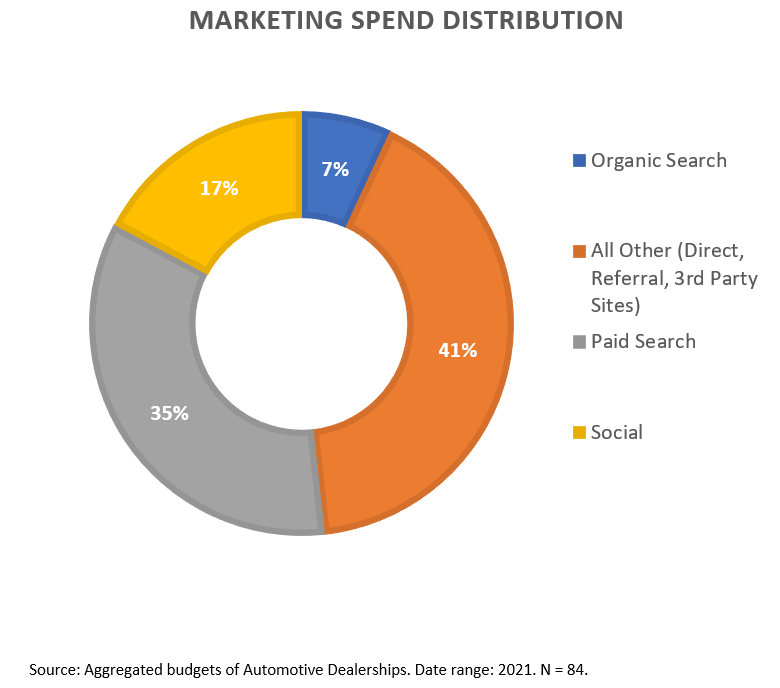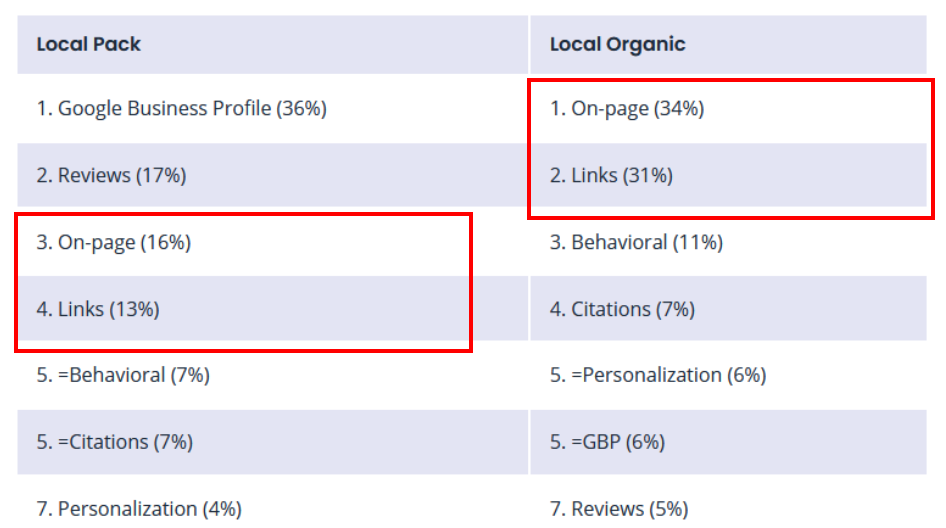We were lucky to catch up with Alex Melen recently and have shared our conversation below.
Alex, appreciate you joining us today. Let’s start big picture – what are some of biggest trends you are seeing in your industry?
With digital importance already growing, COVID pushed us 10 years forward in a 3mo time. The importance of digital and having a digital presence can’t be overstated these days. Business’s that have typically gotten by without having a website or being online now find that it’s crucial to their survival. Think of mall retailers, restaurants, even local mom-and-pop hardware stores. While many of these were fine without a website just a few years ago – these days, they all require a website presence – which translates to a website, search marketing (SEO/SEM) and social media marketing.
However, that’s not necessarily a unique trend – and something most others already realize. The big trend I have personally been seeing in the last 2 years is that with this influx of business’s entering the digital space the cost to advertise has grown tremendously. Not only that, but the room for error has decreased and the consumers patience for slow loading websites or inconsistence has gone down to nothing. It’s no longer acceptable to just do the bare minimum – everything you need to do has to be data-driven, consistent and easy for the consumer. If your advertising doesn’t match your website, you will lose the consumer. if your website creates too much friction during the consumer experience, you will lose the consumer. If your messaging, pricing and customer service isn’t top notch, you will lose the consumer.
This is a trend I see continuing in the next few years where only those who are being strategic, data driven, and investing in improving the customer experience, will succeed.
As always, we appreciate you sharing your insights and we’ve got a few more questions for you, but before we get to all of that can you take a minute to introduce yourself and give our readers some of your background and context?
SmartSites is an award winning website design and digital marketing agency, with a focus on search engine marketing (SEO & PPC). SmartSites was founded by brothers Alex and Michael Melen, who grew up with a passion for all things digital. With an innovative vision and a lot of hard work, SmartSites quickly became one of America’s fastest growing companies.
Our relentless focus on our clients has led us to over 100 5-star reviews since our inception in 2011. When Dun & Bradstreet asked “”How satisfied do you feel about the quality of service?””, we scored a phenomenal 97%. We keep our clients happy by delivering results that exceed their expectations.
Think Web. Think Smart.
Any advice for managing a team?
For us, as with any service business, the employees are our top priority. We don’t manufacture a product or produce any tangible good. Instead, our service is provided by our employees and our job as company owners, executives, etc.. is to empower our employees to be successful AND happy in what they do. And I personally believe those things are connected. Employees should be empowered to do their best; they shouldn’t be micromanaged or simply told what to do. Our job at the executive level is to put the right people in the right positions and then empower them to make the best decisions. Of course we create a support system at every level and provide them the resources to make them successful.
It’s also important to have proper financial incentives which means two things: 1) a competitive salary and benefits. and 2) perhaps more importantly, a commission/bonus system that will automatically reward those who want to go the extra mile. This commission/bonus system needs to of course be transparent and easily understood by all. That way, the employees themselves are ultimately in charge of how much they can make – versus just hoping for 3% yearly bonuses.
Combined with empowering them to grow in their position (and grow outside of their position too!), I believe is the best way to maintaining high morale.
How’d you build such a strong reputation within your market?
Reputation is perhaps the most important thing you can have in your business. It’s very hard to build, and very easy to lose. One of our main priorities as a company is to maintain our stellar reputation and empower our employees to go above and beyond in all ways possible to make that happen. As with almost any business, your reputation will make and break you and should be a priority for all.
Contact Info:
- Website: https://www.smartsites.com/
- Instagram: https://www.instagram.com/smartsitesnj/
- Facebook: https://www.facebook.com/SmartSites/
- Linkedin: https://www.linkedin.com/company/smartsites/
- Twitter: https://twitter.com/smartsitesnj
- Youtube: https://www.youtube.com/channel/UC2ex4W9pofr2pnZubJEAeTQ/videos?view=0
- Yelp: https://www.yelp.com/biz/smartsites-paramus
- Other: My personal site: www.alexmelen.com
Suggest a Story: CanvasRebel is built on recommendations from the community; it’s how we uncover hidden gems, so if you or someone you know deserves recognition please let us know here.
Original Source: https://canvasrebel.com/meet-alex-melen/

